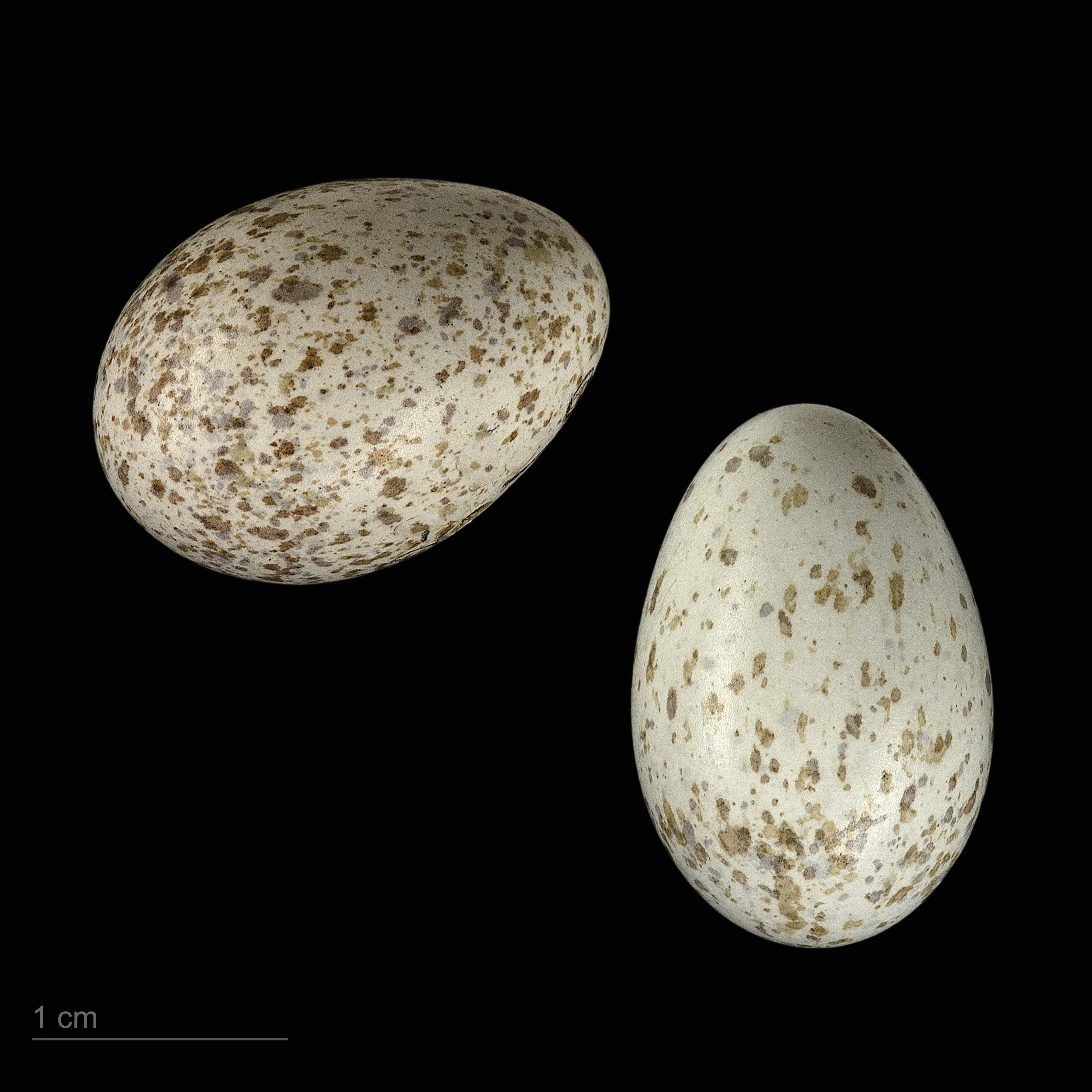|
Eremalauda
''Eremalauda'' is a genus of larks in the family Alaudidae. It contains the following species: * Dunn's lark Dunn's lark (''Eremalauda dunni'') is a small passerine bird of the lark family. It is a desert bird which is found across parts of the Sahara from Mauritania to central Sudan. Taxonomy and systematics Dunn's lark was originally described as be ... (''Eremalauda dunni'') * Arabian lark (''Eremalauda eremodites'') References {{Taxonbar, from=Q4038175 Eremalauda Bird genera Taxa named by William Lutley Sclater ... [...More Info...] [...Related Items...] OR: [Wikipedia] [Google] [Baidu] |
Dunn's Lark
Dunn's lark (''Eremalauda dunni'') is a small passerine bird of the lark family. It is a desert bird which is found across parts of the Sahara from Mauritania to central Sudan. Taxonomy and systematics Dunn's lark was originally described as belonging to the genus ''Calendula'' and has also been classified by some authorities as belonging to the genus '' Ammomanes''. Stark's lark was formerly also classified in the genus ''Eremalauda''; it has since been moved to ''Spizocorys'', leaving Dunn's lark as the only species in the genus ''Eremalauda''. The Arabian lark (''E. eremodites'') of the Arabian Peninsula was formerly considered conspecific, but was classified as a distinct species by the Handbook of the Birds of the World Alive and by Birdlife International, and later by the International Ornithological Congress. Description Dunn's lark is a stocky bird with a large head and broad wings. It is 14 to 15 cm long with a wingspan of 25 to 30 cm.Snow, D. W. & Perrin ... [...More Info...] [...Related Items...] OR: [Wikipedia] [Google] [Baidu] |
Arabian Lark
The Arabian lark (''Eremalauda eremodites'') is a small passerine bird of the lark family. It is a desert bird which is found from Syria to Jordan and through Saudi Arabia to Oman. The Arabian lark was formerly considered conspecific with Dunn's lark, but was classified as a distinct species by the Handbook of the Birds of the World Alive and by Birdlife International BirdLife International is a global partnership of non-governmental organizations that strives to conserve birds and their habitats. BirdLife International's priorities include preventing extinction of bird species, identifying and safeguarding ..., and later by the International Ornithological Congress. References {{DEFAULTSORT:lark, Arabian Arabian lark Arabian lark ... [...More Info...] [...Related Items...] OR: [Wikipedia] [Google] [Baidu] |
Eremalauda
''Eremalauda'' is a genus of larks in the family Alaudidae. It contains the following species: * Dunn's lark Dunn's lark (''Eremalauda dunni'') is a small passerine bird of the lark family. It is a desert bird which is found across parts of the Sahara from Mauritania to central Sudan. Taxonomy and systematics Dunn's lark was originally described as be ... (''Eremalauda dunni'') * Arabian lark (''Eremalauda eremodites'') References {{Taxonbar, from=Q4038175 Eremalauda Bird genera Taxa named by William Lutley Sclater ... [...More Info...] [...Related Items...] OR: [Wikipedia] [Google] [Baidu] |
Alaudidae
Larks are passerine birds of the family Alaudidae. Larks have a cosmopolitan distribution with the largest number of species occurring in Africa. Only a single species, the horned lark, occurs in North America, and only Horsfield's bush lark occurs in Australia. Habitats vary widely, but many species live in dry regions. When the word "lark" is used without specification, it often refers to the Eurasian skylark ''(Alauda arvensis)''. Taxonomy and systematics The family Alaudidae was introduced in 1825 by the Irish zoologist Nicholas Aylward Vigors as a subfamily Alaudina of the finch family Fringillidae. Larks are a well-defined family, partly because of the shape of their . They have multiple scutes on the hind side of their tarsi, rather than the single plate found in most songbirds. They also lack a pessulus, the bony central structure in the syrinx of songbirds. They were long placed at or near the beginning of the songbirds or oscines (now often called Passeri), just afte ... [...More Info...] [...Related Items...] OR: [Wikipedia] [Google] [Baidu] |
William Lutley Sclater
William Lutley Sclater (23 September 1863 – 4 July 1944) was a British zoologist and museum director. He was the son of Philip Lutley Sclater and was named after his paternal grandfather, also William Lutley Sclater. Life William's mother, Jane Anne Eliza, was the daughter of Sir David Hunter-Blair, 3rd Baronet and a sister-in-law of Sir Walter Elliot the Indian naturalist. Sclater received his Master of Arts degree in Natural Science from Keble College at Oxford in 1885. He worked for two years as a Demonstrator at Cambridge under Professor Adam Sedgwick and went on a collecting trip to British Guiana in 1886. He published about birds in ''The Ibis'' in 1887. In the same year, he received an appointment as a deputy superintendent of the Indian Museum in Calcutta from 1887 until 1891, when he joined the science faculty of Eton College. It was at Eton that he met his future wife, Charlotte Mellen Stephenson, an American divorcée whose two sons attended the school. The coupl ... [...More Info...] [...Related Items...] OR: [Wikipedia] [Google] [Baidu] |
Bird Genera
Birds are a group of warm-blooded vertebrates constituting the class Aves (), characterised by feathers, toothless beaked jaws, the laying of hard-shelled eggs, a high metabolic rate, a four-chambered heart, and a strong yet lightweight skeleton. Birds live worldwide and range in size from the bee hummingbird to the ostrich. There are about ten thousand living species, more than half of which are passerine, or "perching" birds. Birds have whose development varies according to species; the only known groups without wings are the extinct moa and elephant birds. Wings, which are modified forelimbs, gave birds the ability to fly, although further evolution has led to the loss of flight in some birds, including ratites, penguins, and diverse endemic island species. The digestive and respiratory systems of birds are also uniquely adapted for flight. Some bird species of aquatic environments, particularly seabirds and some waterbirds, have further evolved for swimming. Bi ... [...More Info...] [...Related Items...] OR: [Wikipedia] [Google] [Baidu] |


.jpg)